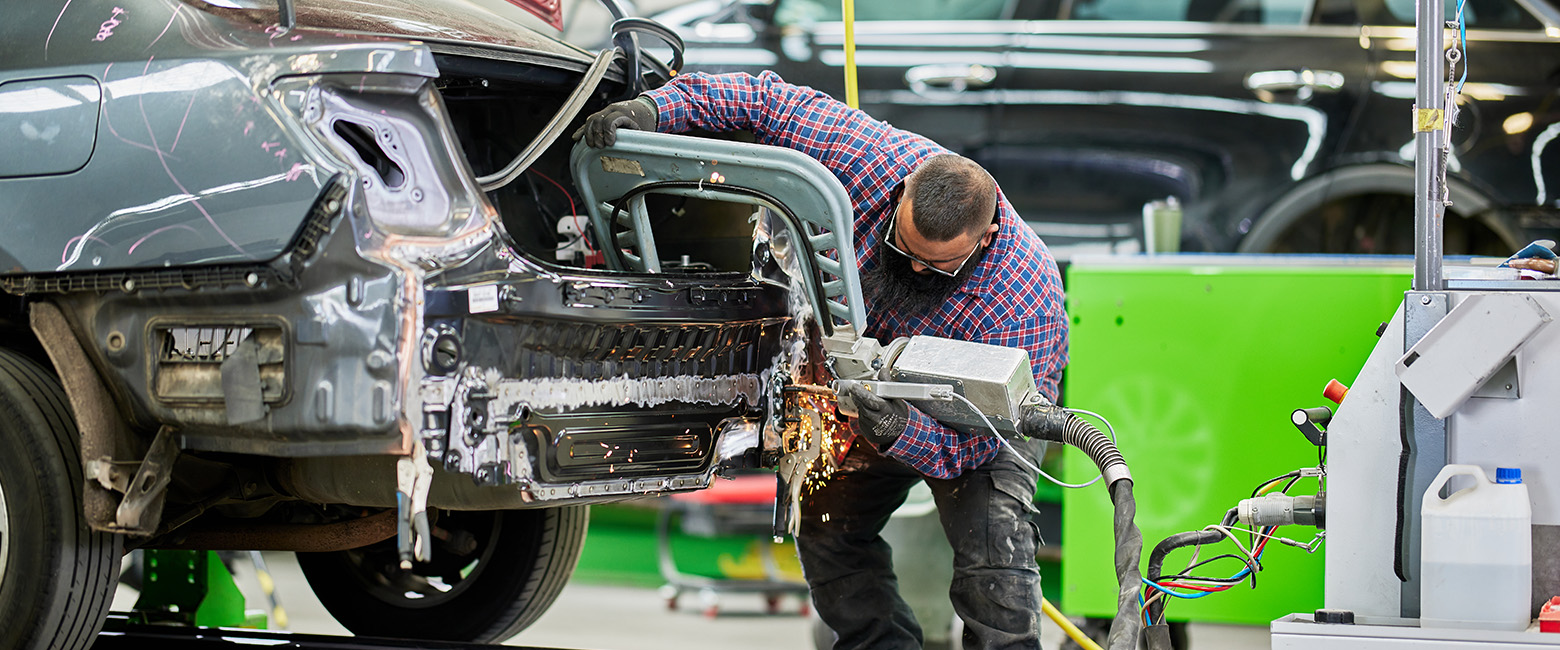Last year the Motor Vehicle Insurance and Repair Industry Code of Conduct Committee commissioned former Australian Competition and Consumer Commission deputy head Dr Michael Schaper to review the code, which provides a legal framework for the interactions between repairers and insurers. The code was designed to address power imbalances in these relationships and provide a structure for dispute resolution.
The Motor Vehicle Insurance and Repair Industry Code of Conduct, which has been around since 2006 and is periodically updated, is mandatory in New South Wales and South Australia and voluntary in other states and territories—although it may soon become mandatory in Tasmania. Dr Schaper’s review recommended sweeping changes across three major areas: communication, governance and compliance, and dispute resolution.
Communications-related recommendations included making the code easier to read and to follow by simplifying the language, improving industry awareness of the code, and making the code’s website—which is the portal for dispute resolution lodgements—much more user-friendly.
In the area of governance, Dr Schaper recommended appointing an independent chair and deputy chair, incorporating the Code Administration Committee as a formal legal entity, and reviewing the code more frequently. Other recommendations included clarifying and strengthening the rules around dispute resolution—like shortening time frames for written acknowledgements for receipts of a dispute and removing the compulsory requirement for a written report for all mediations—working more closely with regulators and introducing sanctions for breaches of the code, including the ability to monitor compliance and to kick noncompliant parties out of the code. All new membership applications would also need to be approved by the committee.
In January, Motor Vehicle Insurance and Repair Industry Chairman, Stephen Jenkins, said the committee had finalised a brief for a rewriting of the code with simplified (but legally rigorous) language and had sought legal advice on implementing the various recommendations.
It’s unclear whether all 15 of Dr Schaper’s recommendations will be implemented and, if not, which ones will make it into the final revised code. It’s also unclear how long the revision and rewriting process will take.
While the code is regularly reviewed, this review was significant because it comes not only at a time of significant change for the repair sector— with increased automation and AI—but at a time when the number of parties using the code has been in decline for several years. In 2018 there were 343 dispute resolution lodgements under the code. In 2022, there were just 76.
The review is designed to make the code both stronger (giving it more “teeth”) and more relevant, while also making it generally easier to understand.
Dr Schaper’s recommendations were made following extensive interviews with people across the industry.
For more information about the Code of Conduct or to become a Signatory visit abrcode.com.au


